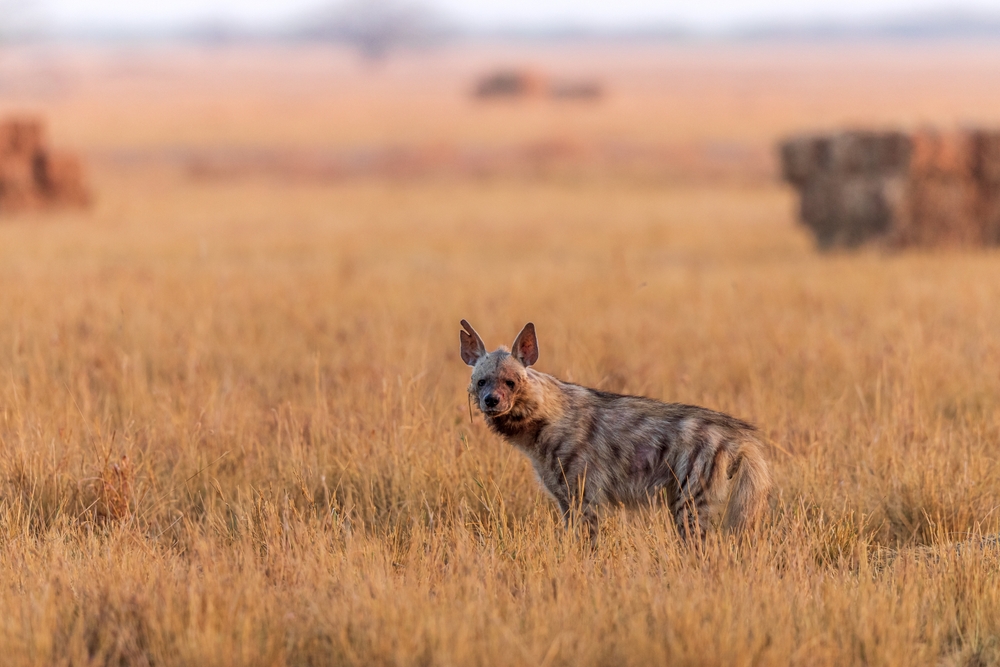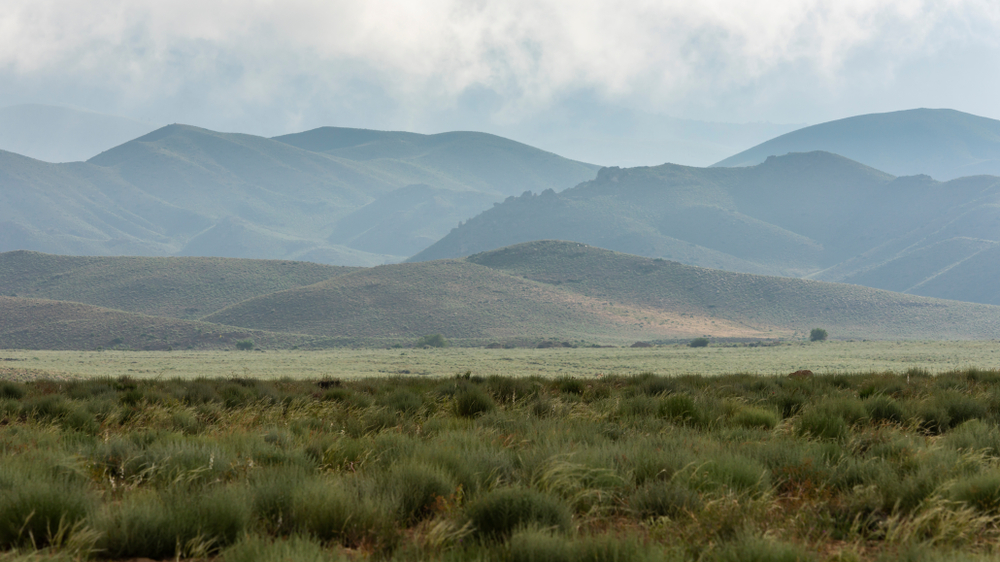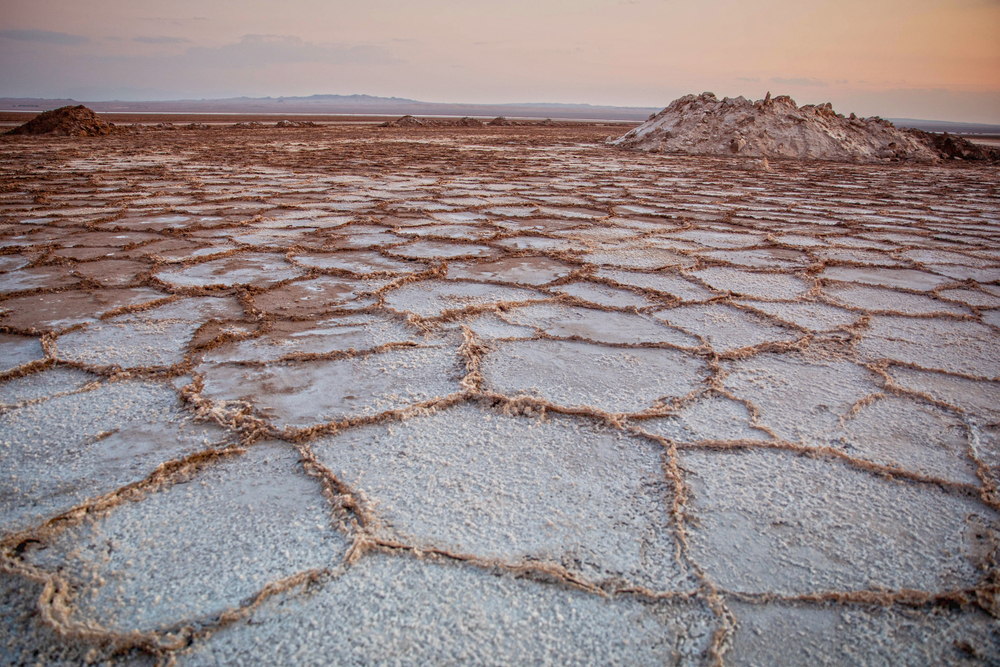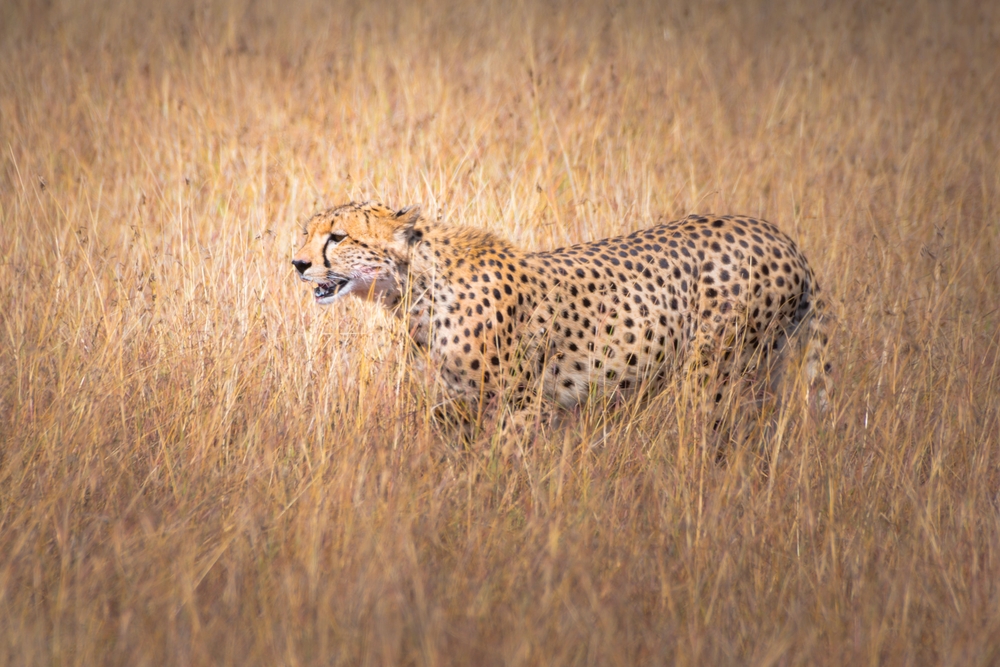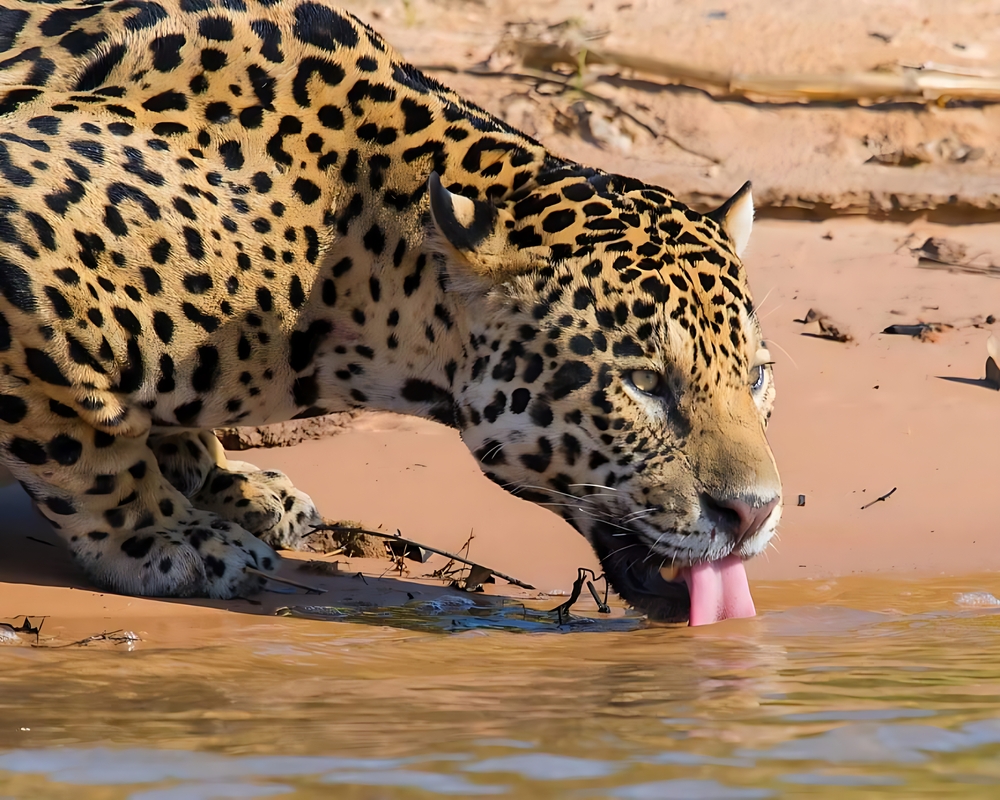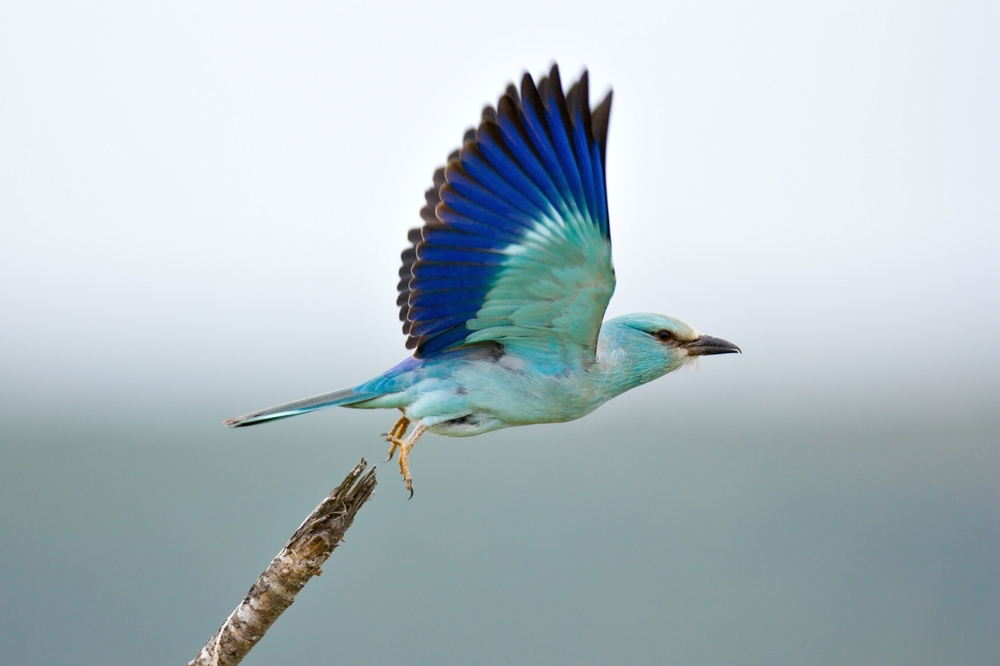Naybandan Overview
Naybandan National Park, known locally as پارک ملی نایبندان (Park-e Melli Naybandan), is an ecological treasure located in the eastern part of Iran, within the province of South Khorasan. Spanning an impressive 5,862 square miles (15,200 square kilometers), it is the largest national park in the country.
Situated on the fringes of the Lut Desert, a UNESCO World Heritage Site, this park represents one of the most biodiverse desert landscapes in the Middle East, blending vast expanses of arid terrain with unique geological and ecological features.
The terrain of Naybandan National Park is predominantly desert, marked by vast sand dunes, rocky outcrops, and salt plains. The park is renowned for its dramatic landscapes, with rugged mountains such as Nayband Mountain rising majestically amidst the desert.
Vegetation is sparse but adapted to the harsh environment, with resilient species such as tamarisk trees, desert shrubs, and scattered patches of halophytes thriving in saline soils. Seasonal streams and oases provide much-needed water sources, supporting both flora and fauna.
The park is a critical sanctuary for wildlife, most notably as a stronghold for the critically endangered Asiatic cheetah (Acinonyx jubatus venaticus), one of the rarest big cats in the world. Other prominent mammals include the Persian leopard, gazelle, caracal, striped hyena, and desert fox.
Smaller mammals such as hedgehogs and gerbils also inhabit the park. Bird enthusiasts may encounter species such as golden eagles, Houbara bustards, and various sandgrouse, alongside migratory birds that visit during specific seasons.
Naybandan National Park is a hub for scientific research and ecotourism, attracting visitors eager to experience its unique desert ecosystem. Stargazing is a particularly popular activity due to the park’s remote location and clear, unpolluted skies.
Guided safaris and hiking expeditions offer opportunities to explore its rugged landscapes while observing wildlife in their natural habitats. The park’s seasonal oases, such as the Nayband village oasis, provide a glimpse into how humans and nature coexist in these challenging conditions.
One of the park’s most pressing conservation challenges is the preservation of its fragile ecosystem amidst threats such as climate change, illegal poaching, and habitat degradation. Significant efforts by Iranian conservation organizations and international partners have led to increased protection for the Asiatic cheetah, including anti-poaching measures and community engagement programs. Despite these efforts, the population of the cheetah remains critically low, highlighting the ongoing need for conservation work.
Naybandan National Park exemplifies the delicate balance between conservation and human interaction with nature, offering visitors an unparalleled experience of Iran’s desert wilderness while serving as a vital refuge for endangered species.








































































